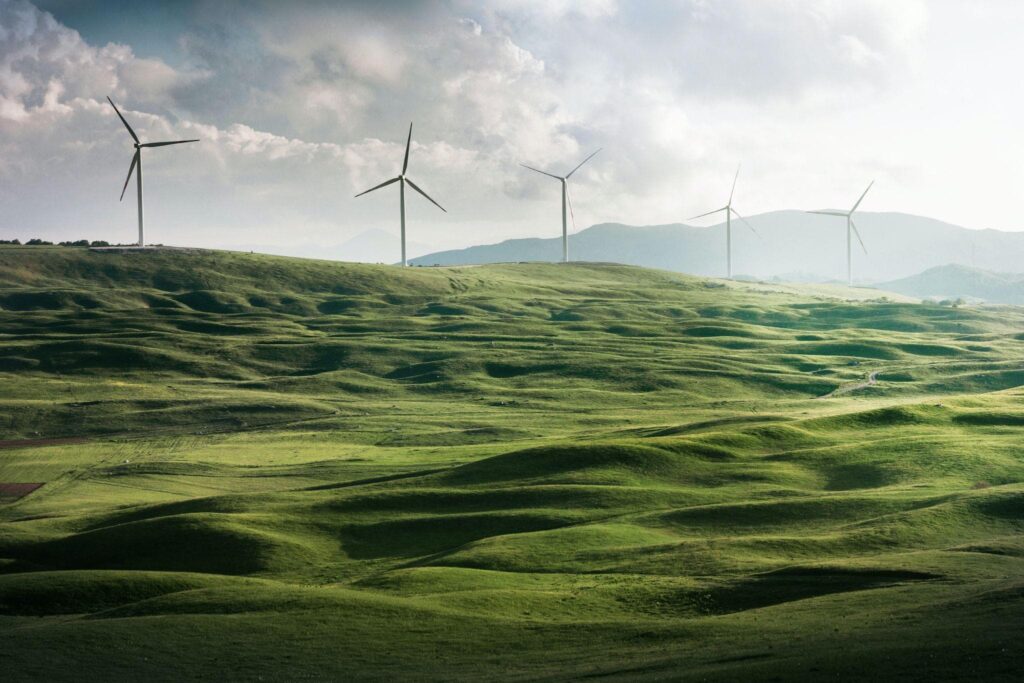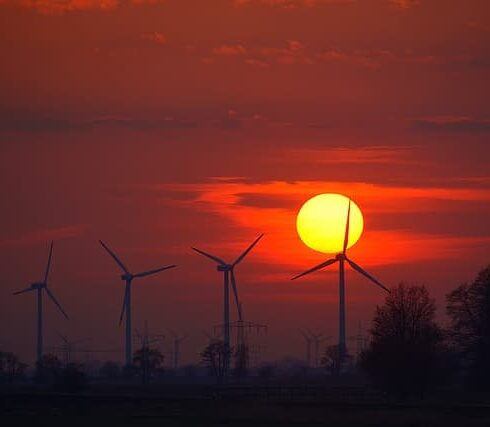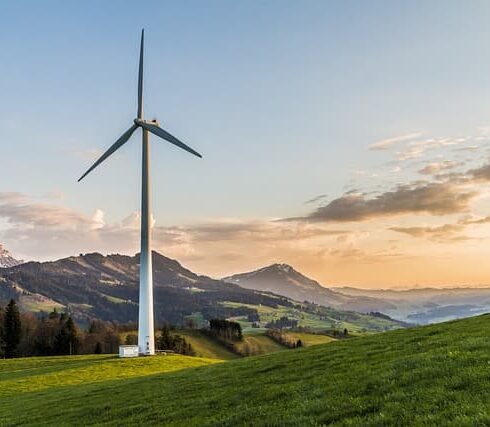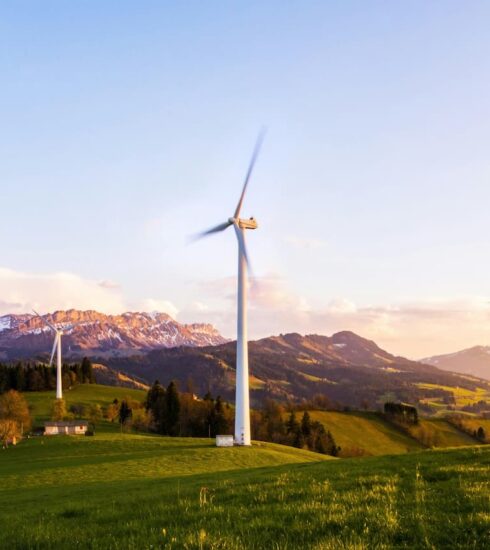The Pros and Cons of Renewable Energy
Given the problems humankind is facing in terms of climate change and the steady erosion of finite resources, including fossil fuels, few would argue the necessity of continuing and even expressing the march towards the expansion of renewable energy.
But there are advantages and disadvantages to most things, including the greater use of renewable energy. In this article, we take an in-depth look at both the pros and cons. Before we get into the main meat of the arguments, let’s take a quick look at what is meant by the phrase ‘renewable energy.’
The Meaning of the Phrase ‘Renewable Energy’
Renewable energy can be described as the energy generated by renewable resources that are replenished naturally and sustainably over time. While fossil fuels are finite and, when used, have a damaging effect on the environment, sources of renewable energy are not only abundant, but they don’t produce harmful emissions. Considered to be a vital component of the initiative to address climate change, the use of renewable energy lowers our dependency on fossil fuels.
Let’s now analyse the pros and cons of the various sources of renewable energy, starting with solar.
Renewable Solar Energy
Generated by the sun’s ongoing nuclear fission activity, solar energy is deemed to be easily the most abundant energy source available to humankind. Solar-generated light and heat can be collected in various ways. They include:
- Photovoltaics: Solar panel technology.
- Concentrated solar power (CSP): This technology utilises lenses and mirrors using solar furnaces incorporated in solar power towers, parabolic troughs, and Fresnel reflectors.
- Solar architecture: Passive solar technology is typically used in the design of a building, incorporating things like cool roofs, green roofs and radiant barriers.
The form of solar energy with which most of us are familiar is that collected by photovoltaic solar panels. The largest solar panel farm on the planet is the Golmud Solar Park in China. It comprises around 7 million solar panels, with a total capacity of 2.8 GW – due to be expanded to 15 GW in the next five to six years – enough to power 16 million homes in the UK.
But clean as they are in terms of generating electricity, making the panels has its drawbacks. The process requires caustic chemicals like sodium hydroxide and hydrofluoric acid, and the manufacturer uses water as well as electricity, the production of which involves the emission of greenhouse gases. It also produces waste. These problems could, to a degree, undercut solar’s ability to combat climate change and reduce environmental toxins.
Renewable Wind Energy
Harnessing the power of the wind is one of the fastest-growing sources of renewable energy.
When the wind blows, the blades of wind turbines are driven around, powering a turbine that, in turn, generates electricity. The stronger the force of the wind, the more electricity gets produced.
The Jiuquan Wind Power Base in China is the world’s largest wind farm. It is planned to have a capacity of 20GW. Also known as Gansu Wind Farm, it will comprise 7,000 wind turbines installed across the Jiuquan, in Inner Mongolia, and the Hebei, Xinjiang, Jiangsu and Shandong provinces of Gansu. The target is to generate 200 GW of wind-sourced electricity.

There is no doubt that wind turbines are a significant step forward in the fight to reduce fossil fuel consumption. But these huge constructions require hundreds of tons in terms of materials, including concrete, copper, fibreglass steel and other products such as the dysprosium and neodymium used in the manufacture of the permanent magnets they incorporate. In many instances, the steel is produced by combusting metallurgical coal with mining implications and CO2 emissions as it burns.
The saving grace is that all this bad stuff is front-loaded at the manufacture and installation stages. Operationally, unlike fossil fuels, they operate cleanly as they generate energy. But once they are decommissioned, there are concerns to address.
The blades are made of carbon fibre and fibreglass composites held together with plastics, which are all difficult to recycle. Wind farm operators have to upgrade or ‘repower’ their turbines about once every ten years, resulting in piles of old blades that usually end up in landfills.
Renewable Ocean Energy
Being an island surrounded by the sea, the UK can make use of ocean waves and tidal stream energy to generate electricity, and it is much more reliable than wind power. Also, it increases during the winter, when electricity demand is at its highest. Tidal stream energy is also reliable. We have an estimated 50% of the total energy resource available to Europe. A 2004 study put the estimated resource at around 16 TW per hour per annum. The disadvantage of this source of renewable energy is the high initial cost and ongoing maintenance costs.
Renewable Hydropower Energy
Hydropower energy harnesses the kinetic energy produced by moving water. Water is stored and collected in the dam, and the flow of the powerful waterfall that passes across the dam drives turbines, which in turn produce electricity.
The advantage of the energy produced by hydropower is that it is a clean renewable source with no emissions. On the downside, the costs of building a dam are significant, and they sometimes create social damage if residents have to be moved and rehoused.
Other disadvantages include the potential disruption to the natural environment and fish populations, plus supply problems during times of prolonged drought.
Nuclear Power Energy
Energy from nuclear power stations remains a controversial topic. Here in the UK, we generate 15% of the nation’s electricity from nine plants – two in Hartlepool, four in Heysham, one at Sizewell, and two in Torness. Two more are undergoing construction in Hinckley Point and are expected to go live in 2028.
The disadvantages of nuclear power are the potential hazards of radiation leaks, meltdown, and radioactive fuel waste.
Renewable Geothermal Energy
Geothermal energy uses natural heat from below the surface of the Earth. Geothermal energy plants have a low carbon footprint, emit minimal greenhouse gases, and are not dependent on the weather. They also have a smaller footprint than most other types of power plants.
However, they cannot be built just anywhere. Ideally, sites should be adjacent to tectonic plate boundaries or hot spots. These types of power plants have expensive build costs due to the depth of drilling required to access geothermal reservoirs.
Renewable Hydrogen Energy
Green hydrogen has the potential to be a vital enabler of the planet’s transition to sustainable energy and meeting net zero emission targets. Up until now, the major drawback of hydrogen energy has been its extremely high production costs. But that could change.
The U.N. has announced its Green Hydrogen Catapult, describing how it is almost doubling its target for the availability of green electrolysers from the current 25 GW to 45 GW by 2027. The UAE is also upping its game, stating that by 2030, it aims to hold one-quarter of the worldwide green hydrogen market. Japan, too, is joining the race and has announced it will be investing some $3.4 billion in the research and development of green hydrogen fuel.
Green Spins: Merging Renewable Energy Values with Eco-Friendly Casino Entertainment
While the connection between renewable energy and free spins may seem unconventional, both concepts share a common thread of positive impact. Just as renewable energy strives to reduce environmental harm and promote sustainability, free spins in online casinos offer players an eco-friendly way to enjoy gaming without the need for deposits.
In the realm of renewable energy, the focus is on harnessing clean sources to combat climate change. Conversely, free spins, especially those that can be found on platforms like https://www.slotozilla.com/uk/free-spins, provide players with an environmentally friendly gaming experience. These spins, requiring no deposits, align with the sustainable ethos by minimising financial investments while maximising entertainment.
In essence, the synergy between renewable energy and free spins lies in promoting responsible and eco-conscious choices. Just as adopting renewable practices contributes to a greener planet, opting for free spins allows gaming enthusiasts to indulge in entertainment responsibly. Together, they represent a harmonious balance between enjoyment and environmental awareness.
Conclusion
Despite the many drawbacks of the various sources of renewable energy, there is no doubt it has far more benefits than continuing the use of fossil fuels. The biggest drawback to reaching the goal of zero emissions remains us – humankind. Sure, there are legitimate arguments about unemployment and the rising cost of living, but until we are prepared to bite the bullet fully, we are getting dangerously close to passing the point from which there is no going back. It’s got to be – go renewable or face dire consequences.





